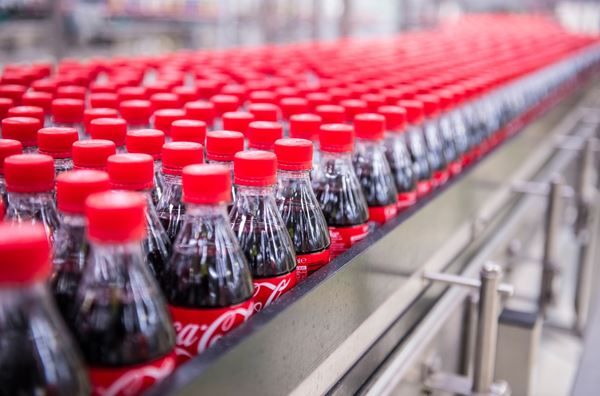Mexican imports of fructose will fall at a 26% year-over-year rate in the 2024-2025 cycle, to 784,000 tons, according to projections by the U.S. Department of Agriculture (USDA).
High fructose corn syrup (HFCS) is a food sweetener derived from corn and is found in numerous foods and beverages.
According to USDA projections, Mexican imports of fructose for the 2024-2025 season will be 784,000 tons on a dry basis, which is a 26% decrease compared to the estimate for the 2023-2024 marketing year.
Mexican fructose imports
HFCS is the most important substitute and competitor to refined sugar. This is due to both its physical properties and price.
For example, HFCS is used in the manufacture of beverages, in dairy products and as a syrup in canned fruit.
In Mexico, the main consumers of HFCS are soft drink bottling companies. They began using it on a regular and increasing basis around 1995, when sugar trade was still reserved under NAFTA.
This is the trend of Mexican imports of fructose, in thousands of tons and with their estimates for the cycles ending in 2024 and 2025:
- 2019: 1,043.
- 2020: 957.
- 2021: 795.
- 2022: 752.
- 2023: 751.
- 2024: 1,055.
- 2025: 784
Market trends
According to the USDA, the industry faces ongoing challenges due to labeling regulations. The second phase of the Front-of-Package Labeling Law began in October 2023, intensifying these challenges.
Many food industries in Mexico have reformulated their products. They reduce the amount of sugar and replace it with HFCS or sweeteners. By doing so, they reduce caloric density, avoid label warnings and can promote themselves as “sugar-free” products.
However, the drop in domestic sugar prices encourages the substitution of HFCS for domestic sugar. Thus, the final use of HFCS will depend on domestic sugar prices and the exchange rate throughout the 2024/25 marketing year.
Despite these challenges, sugar remains a fundamental part of the Mexican diet, with an average per capita consumption of 37 kg per year.

